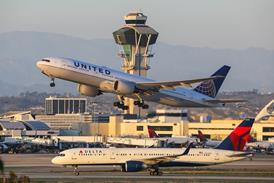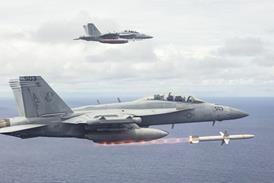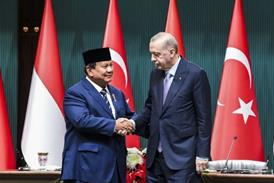TAWS may be the most successful piece of air safety technology introduced in the modern era, but it only works if the pilots trust it.
Terrain awareness and warning systems (TAWS) have almost certainly prevented several large commercial jet controlled-flight-into-terrain (CFIT) accidents since the late 1990s, when it entered widespread use. No-one in the industry would criticise TAWS, or enhanced ground proximity warning systems (EGPWS), as the original Honeywell equipment was (and still is) dubbed. Large and small commercial aircraft - including helicopters - that have suffered CFIT accidents since TAWS was available had one thing in common: they were not fitted with it.
That is testimony to how effective TAWS is. But however much of an advance it is over the simple GPWS that preceded it, it is not perfect. Don Bateman, the Honeywell engineer that developed the product for the market has always admitted as much: it depends on a terrain database among other things, and there are still a few areas in the world where terrain data is incomplete or inaccurate, and where the system for surveying and reporting newly constructed obstacles on the approach to airports does not work as it should.
Pilots will rarely be faced with these problems, however. A different problem is potentially more serious: the occasional false and nuisance warnings which still outnumber genuine "hard warnings", even though their occurrence rate has dived as experience with the equipment has matured. The risk is that this might erode pilot confidence in TAWS. Even a slight erosion of confidence could be dangerous when a "pull up" warning comes, because the warning is almost inevitably an unexpected shock, and can cause some pilots to look for the reason rather than reacting to the alert.
A study by the Flight Safety Foundation and the International Civil Aviation Organisation found that many pilots hesitated unacceptably before reacting to genuine TAWS hard alerts. Since then, a relatively short-period study by the UK Civil Aviation Authority confirmed that false warnings outnumbered the genuine ones by a factor of seven and, although the pilots faced with genuine hard alerts all reacted correctly within the expected period, the agency is still worried that pilot discipline in following TAWS standard operating procedures (SOP) could be eroded.
It recommends that airlines should reinforce their SOPs, and include a simulator exercise in their training in which the pilots can see how little time is left for successful reaction if the aircraft continues on the same trajectory beyond the initial "terrain" alert to the point at which the "pull up" warning is triggered. After all, TAWS - like the airborne collision avoidance system - is a tactical safety net system, not a strategic tool like navigation systems.
The first message is that all public transport not fitted with TAWS should be the second message is that pilots who know that it produces false alerts from time to time should nevertheless react fast to its warnings - especially the warning to "pull up".
Co-operate or die
Former Airbus chief Jean Pierson insists the airframer is facing a stark choice: return to a golden age of co-operation between independent companies or move to a unified era of governance through diluting proxy national shareholdings. He's right. Choices must be made. The status quo is not an option.
Throughout last week's tortuous shuttle diplomacy over the distribution of future manufacturing work, Airbus's current boss Louis Gallois says he has sought balance, from an industrial and technological perspective.
Why? Because his chief duty is to safeguard Airbus's role in a world market that will not wait for Europe's complex industrial machine to achieve the social or political synchronisation needed to allow him to go forward.
His plans for radical cutbacks and reorganisation ran into immediate strains between governments, trades unions and state-aligned shareholders in France and Germany.
But what could be more damaging in striving for global competitiveness than being institutionally hamstrung by a constant search for a flawed consensus that often defies the most fundamental industrial logic?
Decisions must be based on where the superior technological expertise resides. Those governments that have formed a correct vision of aerospace's future and aligned their support to their national industry will win the work.
Source: Flight International












































